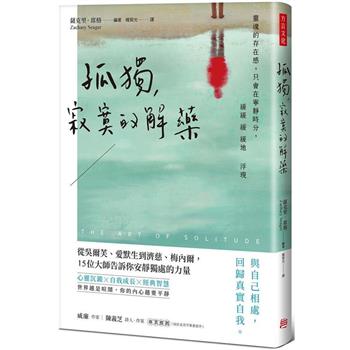Omar Khayyam’s Secret: Hermeneutics of the Robaiyat in Quantum Sociological Imagination, by Mohammad H. Tamdgidi, is a 12-book series of which this book is the 11th volume, subtitled Khayyami Robaiyat: Re-Sewing the Tentmaker’s Tent: 1000 Bittersweet Wine Sips from Omar Khayyam’s Tavern of Happiness. Each book, independently readable, can be best understood as a part of the whole series.
In Book 11, having shared the three parts of the Robaiyat attributed to Khayyam in the Books 8, 9, and 10 of the series, Tamdgidi offers the entire set of the 1000 quatrains, including the Persian originals and his new English verse translations for each. The poems, comprising Khayyam’s songs of doubt, hope, and joy, are organized according to the three-phased method of inquiry he introduced in his philosophical writings, respectively addressing the questions: "Does Happiness Exist?"; "What Is Happiness?"; and "Why Does (or Can) Happiness Exist?"
When Khayyam discussed the three-phased method of inquiry in his treatise "Resalat fi al-Kown wa al-Taklif" ("Treatise on the Created World and Worship Duty"), he noted an exception to the rule of asking, when studying any subject, whether it exists, what it is, and, why it exists (or can exist). He distinguished between things objectively existing independent of the human mind, and those created by the human mind. The normal procedure applies to the former, but for products of the human mind, he advised, the procedure must be modified to asking first what something is, then, whether it exists, and, then, why it exists or can exist. This is because, for products of the human mind, such as created works of art, we would not know whether something exists and why it exists unless we first know what it is. To illustrate his point, he used the example of the mythical bird Anqa (Simorgh in Persian or the Phoenix in English). He argued that only when we know what the metaphor stands for would we be able to say whether it exists (say, in a work of art, or even as a person represented by it), and why it exists or can exist.
Khayyam’s elaboration implies that one has to make a distinction between objective and human objectified realities, which implies that for some objects, such as happiness, we in fact confront a hybrid reality where aspects of it may be externally conditioned, but other aspects being dependent on the human will. Once we realize the significance of Khayyam’s point, then, we appreciate that his Robaiyat can also be regarded as a way of poetically portraying and advancing human happiness, its poetic Wine being not just reflective but also generative of the happiness portrayed. By way of his poetry, therefore, Khayyam has offered a severe critique of the then prevalent fatalistic astrological worldviews blaming human plight on objective conditions, in favor of a conceptualist view of reality in which happiness can be achieved despite the odds, depending on the creative human agency, itself being an objective force.
Tamdgidi further shows that the triangular geometry of the logic governing Khayyam’s Robaiyat-the numerical values of whose three sides are proportional to the Grand Tent governing Khayyam’s birth chart-further supports the view (expressed in Khayyam’s own quatrains) that for him his Robaiyat poetically represented the tent of which he regarded himself to be a tentmaker, revealing another key explanation for his pen name. The geometric structure of a tent proportional to the Grand Tent of Khayyam’s chart, as well as the metaphor of the Robaiyat as Simorgh songs, are hidden in the deeper structure of Khayyam’s 1000-piece solved puzzle, the same way he embedded his own triangular golden rule in the design of the North Dome of Isfahan. Khayyam’s Robaiyat are his Simorgh’s millennial rebirth songs served in his tented tavern as 1000 sips of his bittersweet Wine of happiness.












